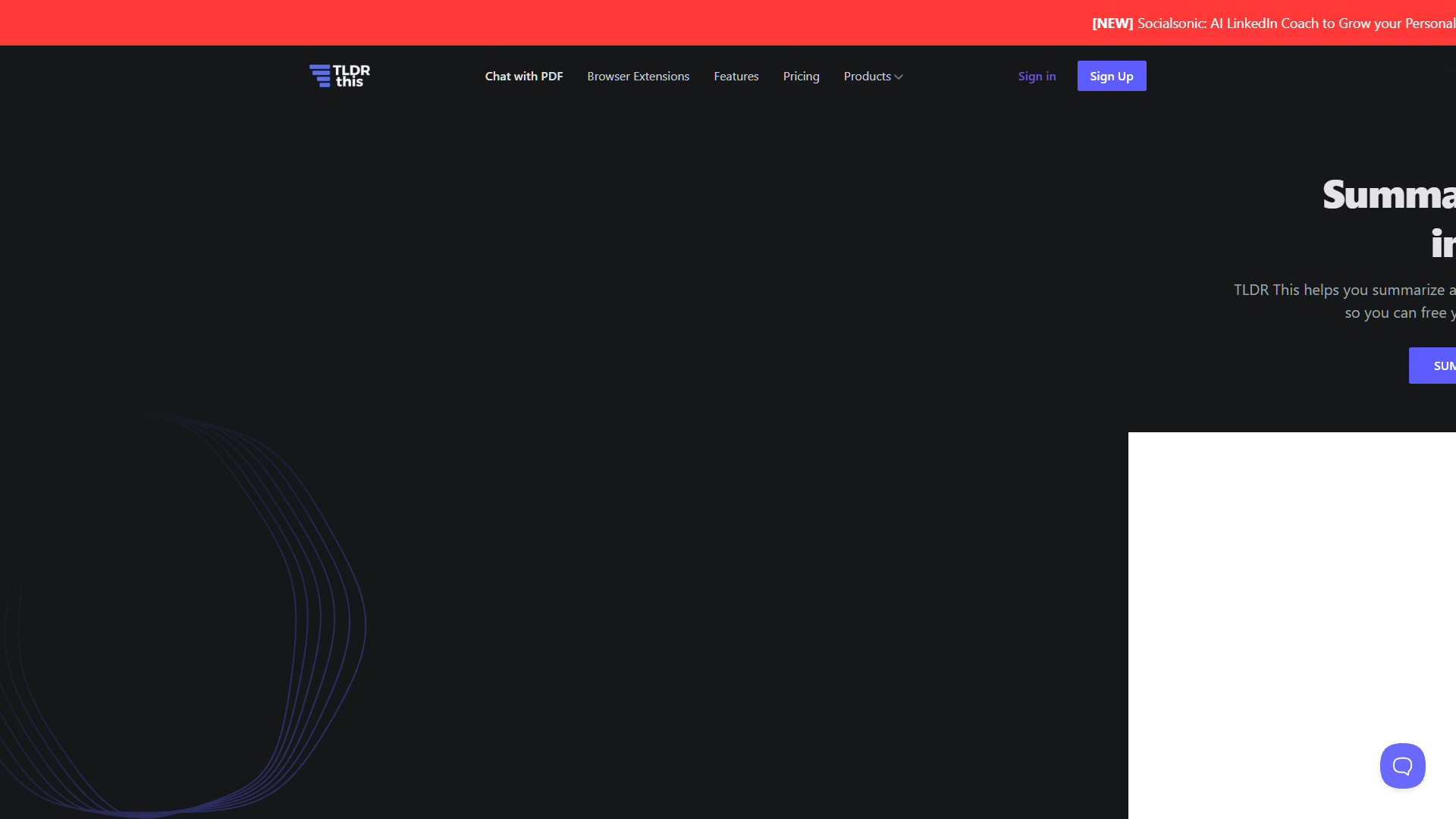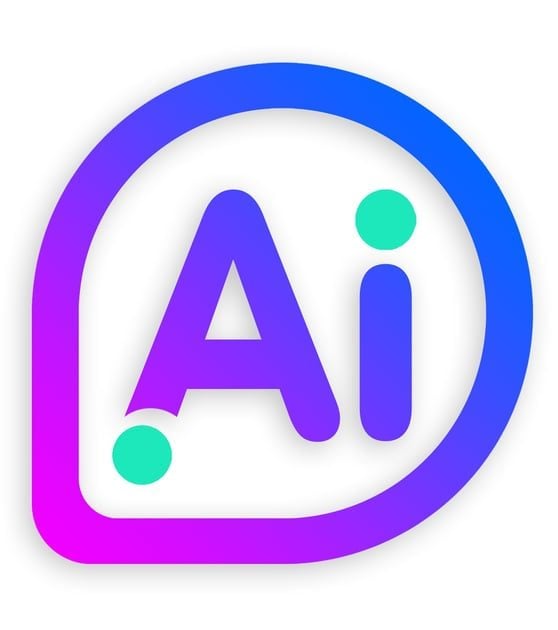Overview
TLDR This is an innovative online tool designed to streamline the process of digesting lengthy articles by summarizing them into concise, essential content. Ideal for students, educators, writers, and journalists, this tool efficiently extracts and presents key information, including the article's author and publication date, while removing any distracting elements such as advertisements and popups. Its ability to transform dense material into digestible insights makes it a valuable resource for anyone looking to quickly understand the core message of extensive texts.
Trusted by prestigious institutions such as University College London and the University of Toronto, TLDR This has gained recognition and has been featured on numerous leading websites. The tool's user-friendly interface and effectiveness in reducing information overload to manageable insights make it accessible and useful for a broad audience. Whether for academic research, content creation, or general knowledge, TLDR This provides a practical solution for navigating today's vast sea of digital information, ensuring users can stay informed and efficient in their reading practices.
Key features
- Article summarization: Automatically condenses long articles into essential summaries, enabling quick understanding of main points without reading the full text.
- Metadata extraction: Efficiently pulls important details such as the author's name and publication date from articles, aiding in citation and study.
- Ad-free interface: Provides a clean reading environment by removing ads and popups, focusing solely on the content needed by the user.
- Academic endorsement: Trusted by prestigious institutions like University College London and University of Toronto, ensuring reliability and credibility.
- Wide accessibility: Designed to be user-friendly for students, educators, journalists, and professionals, facilitating easier access to summarized information.
- Featured tool: Recognized and featured on various top-tier educational and technology websites, highlighting its effectiveness and popularity.
 Pros
Pros
- Custom summary length: Allows users to choose the length of the summary, providing flexibility to get either a brief overview or a detailed abstract.
- Multi-language support: Supports various languages, making it accessible for non-English speakers to summarize and understand content in their native language.
- Text analysis features: Offers tools for sentiment analysis and keyword extraction, enhancing the user's ability to understand and analyze texts deeply.
- Cloud-based service: Ensures that all summaries are saved and accessible from any device, facilitating seamless work across multiple platforms.
- API integration: Provides an API for developers, allowing the integration of its summarization capabilities into other applications or workflows.
 Cons
Cons
- Context loss: Summarization may omit nuanced details or subtleties of the original text, potentially leading to a loss of depth or context in the information presented.
- Over-reliance risk: Users might become overly reliant on summaries, potentially neglecting to engage with the full text where deeper understanding is necessary.
- Personalization limitations: The tool may not fully adapt to individual user preferences for detail or specific information, leading to less tailored content summaries.
- Intellectual property concerns: Automated extraction of content and metadata might raise issues regarding copyright and the proper use of intellectual property.
- Language barriers: The tool's effectiveness might decrease when dealing with articles written in less common languages or those with complex idiomatic expressions.

















